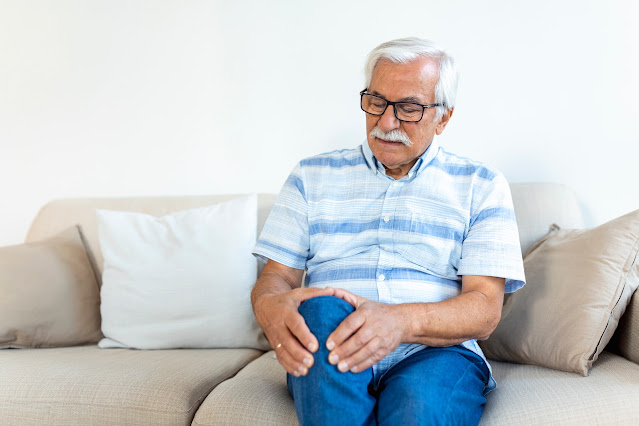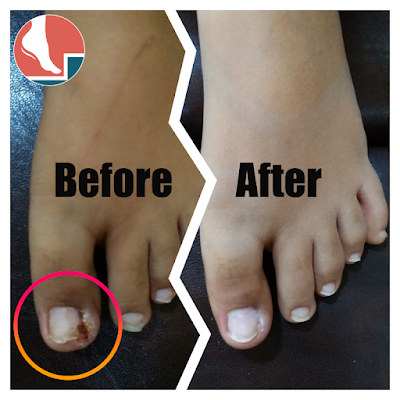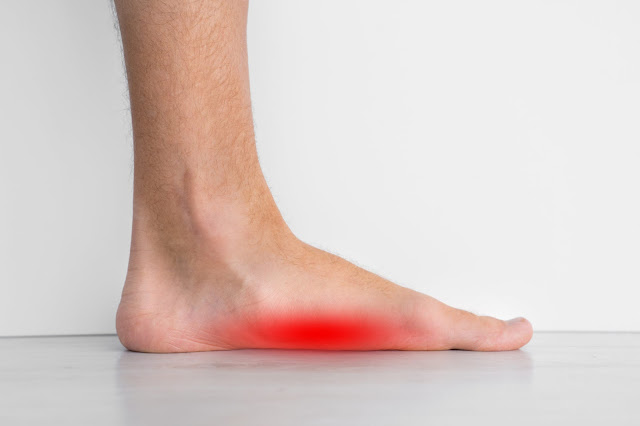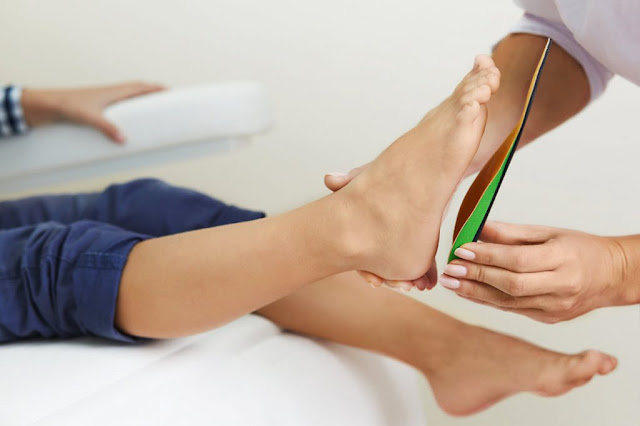Knee Pain: Every Step Counts
The human body, an intricately woven masterpiece, relies on a delicate balance from head to toe. Among the unsung heroes in this symphony of movement are our feet, the fundamental support structure that bears the weight of our entire being. In this intricate dance of physiology, any misalignment in the feet can trigger a cascade of effects, particularly on joints like the knees.
Knee Deformities and the Dance of Foot Alignment
Picture this: individuals with flat feet may find themselves in a complex choreography known as Genu Valgus or knock knees, impacting the outer compartment of the knee joint. On the flip side, those with high arches might dance into Genu Varus or bow legs, affecting the inner compartment of the knee. It's a delicate ballet between foot structure and knee alignment, emphasizing the critical need to preserve proper foot health as a preventative measure against knee issues.
Limb Length Discrepancy (LLD) and the Sway of the Spine
Our bodies are relentless seekers of balance, and even a slight difference in the length of our lower limbs can disrupt this harmonious equilibrium. Limb length discrepancy (LLD) takes center stage, influencing the position of the pelvis and leading to conditions like scoliosis—a graceful tilt of the spine to one side. In severe cases, this deviation can impair respiratory capacity, twisting vertebral bodies and spinous processes in a nuanced ballet of misalignment.
Treatment for LLD-Induced Scoliosis
Imagine the remedy as a choreographed routine, involving early detection and corrective interventions. Compensatory adjustments in footwear take the lead, preventing further deterioration of the spine. Supporting characters in this performance include physical therapy, a partner that sustains flexibility and strength, contributing to the management of scoliosis stemming from limb length discrepancy.
Foot Patterns and Knee Pain: A Dance of Pressure
In this grand performance, the foot pattern takes center stage. High arches leading to supination become a source of undue pressure on the knees. Flat feet, a well-known culprit, may play the villain in the saga of knee pain. The key to this act is realigning your foot and redistributing the forces coursing through the joints—an essential preventative measure.
Remedies for the Aching Knee: A Ballet of Wellness
In the intricate ballet of wellness, addressing aching knees requires a choreography of thoughtful remedies. Here’s a dance of relief and restoration for those knees yearning for comfort:
1. Choose the Right Footwear - En Pointe Style:
Select supportive shoes tailored to your activities. If you're often on your feet, opt for shoes with proper arch support and cushioning. Think of it as selecting the perfect ballet shoes for a graceful performance.
2. Rest and Cold Pack - The Soothing Waltz:
Allow your knees a moment of rest to recover. Apply a cold pack to reduce inflammation and bring a cooling sensation to the affected area. This gentle waltz of rest and cold brings relief to tired knees.
3. Avoid Cross-Leg Sitting - The Balanced Pose:
Steer clear of sitting with your legs crossed, as this can strain the knee joints. Adopt a balanced and comfortable sitting position, treating your knees with the respect they deserve.
4. Maintain Physical Activities - The Dance of Flexibility:
Keep the body in motion with regular physical activities that don’t overburden the knees. Incorporate exercises that promote flexibility and strength. It’s a dance that keeps the joints nimble and resilient.*
5. Stretch and Strengthen - The Pas de Deux of Well-being:
Integrate calf stretches into your routine, engaging in a pas de deux with well-being. Stretching helps maintain the flexibility of the muscles around the knee, while strengthening exercises provide the necessary support.
6. Professional Guidance - The Ballet Master’s Insight:
Seek the guidance of a Podiatrist or a healthcare professional. They act as the ballet masters, unraveling the intricacies of your unique dance. Through their insights, you can address the root cause of knee pain and receive tailored advice.
Remember, the ballet of wellness is an ongoing performance. Listen to your body, respond to its cues, and let each remedy be a graceful movement towards better knee health. In this dance, every step matters, and with the right care, your knees can pirouette through life pain-free.
Conclusion: Act Now, Dance Wisely:
Remember, every step you take contributes to the narrative of your musculoskeletal health. Act now, for inaction can transform treatable conditions into untreatable scenarios, where surgeries become the only option. Take charge of your steps, embrace preventive measures, and correct your foot alignment—an investment in a pain-free, fluid dance through life.



